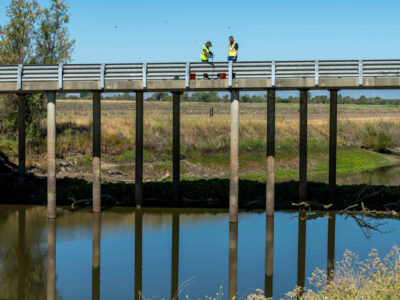Complete the required annual testing for 2023
The California Rice Commission’s Waste Discharge Requirement (WDR) requires, beginning in 2022, each grower (or landowner) to conduct annual testing for nitrates in all drinking water supply wells present on parcels where rice is produced. The results are reported from the analytical laboratory to the State’s GeoTracker database.
If the nitrate concentration is below 8 mg/L nitrate+nitrite as N in three consecutive annual samples, the grower (or landowner) may conduct sampling once every five years going forward.
If the nitrate concentration is between 8 mg/L and 10 mg/L nitrate+nitrite as N, the grower (or landowner) must continue annual sampling.
If the nitrate concentration exceeds 10 mg/L of nitrate+nitrite as N, the grower (or landowner) must provide notice to the users within 10 days of learning of the exceedance and send a copy of the notice to the Central Valley Water Board. If your sample result was greater than 10 mg/L and you have notified all drinking water well users and the Central Valley Water Board, you can stop further sampling.
The laboratory submittal template, notification template, sample collection methods, frequently asked questions and more information is located at CalRiceNews.org under the Drinking Water Well button.
For more information, contact the CRC’s Industry Affairs Manager Craig Riddle at criddle@calrice.org or (916) 812-3468.



